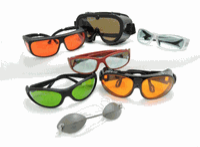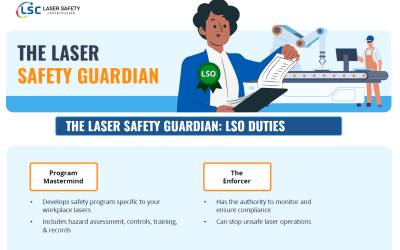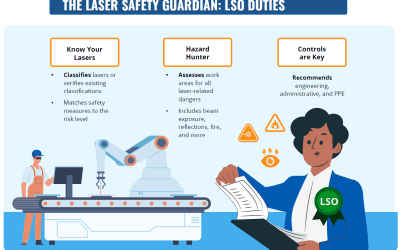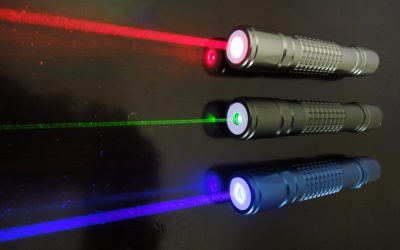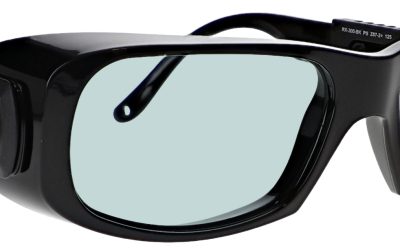Laser Safety Goggles – The First Line of Defense Against Eye Injury
Direct Beam Exposure
For some laser classes, merely your natural instinct to blink your eye is sufficient to prevent laser radiation damage. Exposure to lasers without proper eye protection can result in retinal damage, cataracts and even a corneal burn and, sometimes even vision loss. If you work with or around lasers, it is important to understand the consequences of laser radiation exposure.
Indirect Beam Exposure
Aside from direct laser beam exposure, indirect laser beam exposure can also be dangerous. Exposure to the eye or skin by a laser beam can cause damage. It is also important to be careful of specular reflections, which occur when the laser beam is reflected off mirrors or other shiny surfaces. A laser beam reflection on a flat mirror can be as harmful as exposure to a direct laser beam. Although a curved mirror surface can decrease the intensity of the beam, there is still a large area for possible laser radiation exposure. Some laser systems reflect the beam in many directions, so this exposure does not have the same power and energy of a direct beam. Nonetheless, diffuse reflections are still harmful.
Wavelength Considerations
Laser exposure to unprotected eyes poses the biggest risk for injury. The eye is most sensitive to light, and when the eye is exposed to a laser beam, the lens in the eye focuses the beam into a tiny spot. The retina can be burned if this occurs, resulting in vision loss. Different wavelengths cause several types of eye injuries. If eyes are exposed to laser radiation with wavelengths less than 400 nanometers, you are at risk of developing cataracts. Wavelengths above 1400 nanometers pose a thermal burn risk to your retina. This level of exposure is directly absorbed through the cornea and lens. Worse damage occurs with wavelengths between 400 and 1,400 nanometers, causing retinal photochemical burns and permanent damage.
Laser Safety Goggles
Proper laser safety glasses and goggles protect the eyes from these injuries. OSHA requires that laser operators and technicians wear the proper safety glasses when operating or working near Class 3b and Class 4 lasers. These laser safety glasses and goggles provide protection from reflected laser light and direct beam exposure. Laser safety eyewear is available for different wavelength ranges and for specific types of lasers. We recommend you consult with your laser manufacturer for the proper eyewear so that your employees and customers are safe.
Conclusion
Our laser safety courses for operators and for laser safety officers will demonstrate to both your employees and your clients that you care about a safe workplace. Laser related injuries can be permanent and very costly. And if OSHA arrives for an audit you will want to show that you are in full compliance with their safety regulations. That’s what we are here for.
Where to buy Laser Safety Goggles:
https://www.newport.com/c/laser-safety-glasses
https://www.thorlabs.com/newgrouppage9.cfm?objectgroup_id=762
Please reach out to us if you have questions about which goggles will work with your laser equipment.
